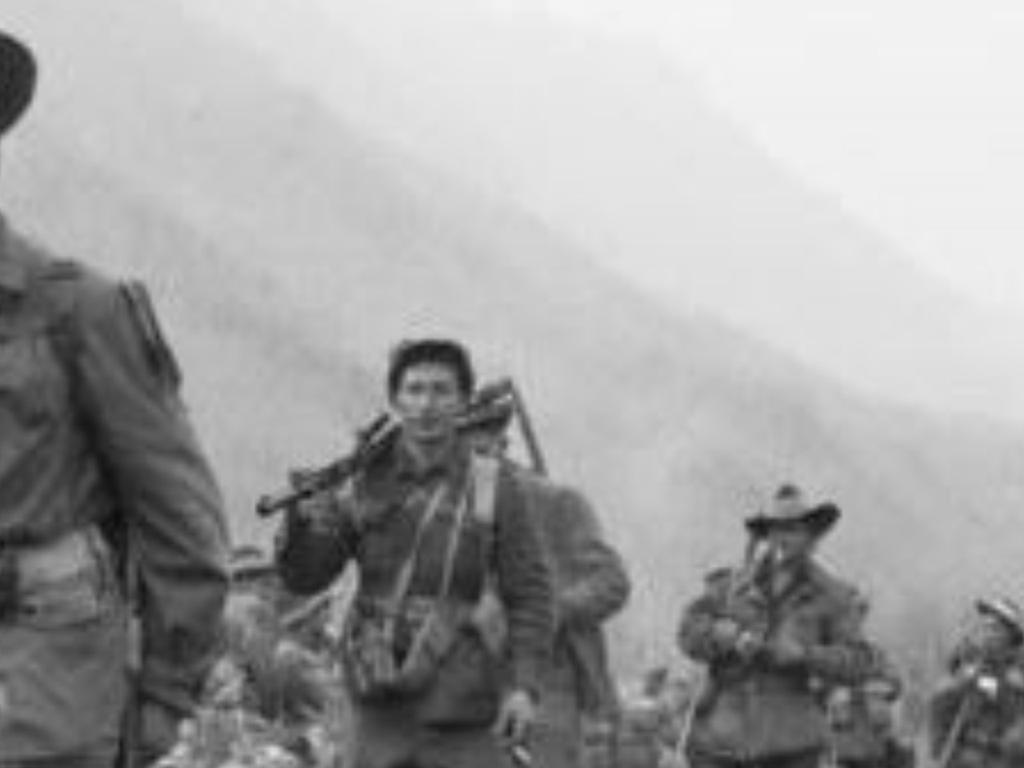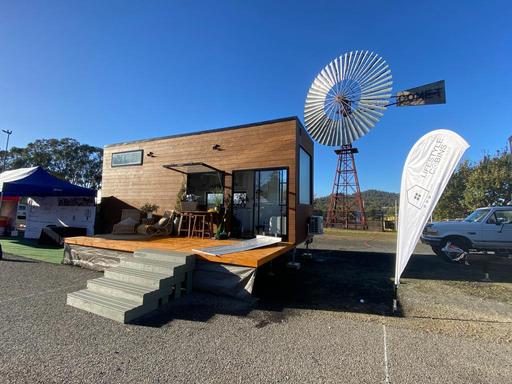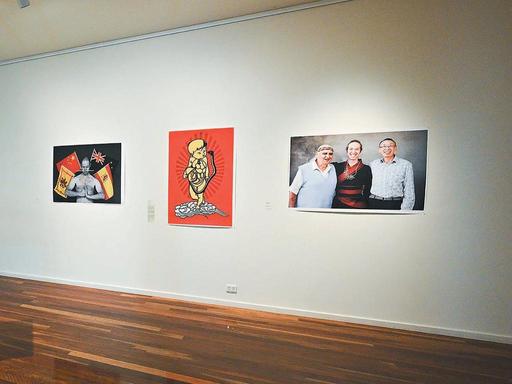when: 05 June 2021 | venue: Anzac Memorial | cost: Free | address: Southern end of Hyde Park, Sydney NSW 2000 | website: https://militaryhistorynsw.com.au/activities/next-lecture/
published: 18 May 2021, 5 min read
This showcased event has concluded.
Expired
The Military History Society of New South Wales invites you to a public lecture by Robert Muscat at Anzac Memorial, Hyde Park.
The shock attack by masses of Chinese People's Volunteer Army (PVA) troops across the Yalu River into Korea in September 1950 was triggered by successes of the United Nations forces under General Douglas McArthur over the preceding month. The invading North Korean People's Army had been pushed out of South Korea, back above the 38th parallel and towards the Chinese border. After the Chinese intervention, McArthur was dismissed but his successors halted the Chinese Spring Offensive of April and May 1951 and launched a UN counter-offensive in May and June.
Also under UN command was the 28th Brigade of 1st British Commonwealth Division, occupying part of the west-central sector north of Seoul. The brigade included 3rd Battalion Royal Australian Regiment (3RAR) led by Lieutenant Colonel Frank Hassett from Marrickville, New South Wales.
Hoping to push communist forces back another ten kilometres to influence truce negotiations, US Eighth Army commander General James Van Fleet conceived Operation Commando, an advance on a broad front by 1st Commonwealth and four other divisions scheduled for 3-5 October. Facing 28th Brigade, the PVA were dug into a group of hills overlooking the Imjin River. The brigade was ordered to take these positions, and the primary objectives were Kowang-San (Hill 355) and a steep hill rising 200 metres, Maryang-San (Hill 317).
As Robert Muscat will explain in his all-round presentation, the Maryang-San phase of the operation on 5 October was allocated to 3RAR and two British regiments. Two earlier American attempts to take the position were unsuccessful. Using tactics developed against the Japanese in World War II, Hassett pulled off a skilfully coordinated assault by three companies which drove the PVA from their dug outs by 5pm. The British regiments failed to capture their objectives. According to Robert O'Neill, official historian of this almost forgotten campaign, 'the victory of Maryang-San is probably the greatest single feat of the Australian Army during the Korean War'.
Content from UpNext.com.au. Please don't scrape website.
The Military History Society of New South Wales invites you to a public lecture by Robert Muscat at Anzac Memorial, Hyde Park.
The shock attack by masses of Chinese People's Volunteer Army (PVA) troops across the Yalu River into Korea in September 1950 was triggered by successes of the United Nations forces under General Douglas McArthur over the preceding month. The invading North Korean People's Army had been pushed out of South Korea, back above the 38th parallel and towards the Chinese border. After the Chinese intervention, McArthur was dismissed but his successors halted the Chinese Spring Offensive of April and May 1951 and launched a UN counter-offensive in May and June.
Also under UN command was the 28th Brigade of 1st British Commonwealth Division, occupying part of the west-central sector north of Seoul. The brigade included 3rd Battalion Royal Australian Regiment (3RAR) led by Lieutenant Colonel Frank Hassett from Marrickville, New South Wales.
Hoping to push communist forces back another ten kilometres to influence truce negotiations, US Eighth Army commander General James Van Fleet conceived Operation Commando, an advance on a broad front by 1st Commonwealth and four other divisions scheduled for 3-5 October. Facing 28th Brigade, the PVA were dug into a group of hills overlooking the Imjin River. The brigade was ordered to take these positions, and the primary objectives were Kowang-San (Hill 355) and a steep hill rising 200 metres, Maryang-San (Hill 317).
As Robert Muscat will explain in his all-round presentation, the Maryang-San phase of the operation on 5 October was allocated to 3RAR and two British regiments. Two earlier American attempts to take the position were unsuccessful. Using tactics developed against the Japanese in World War II, Hassett pulled off a skilfully coordinated assault by three companies which drove the PVA from their dug outs by 5pm. The British regiments failed to capture their objectives. According to Robert O'Neill, official historian of this almost forgotten campaign, 'the victory of Maryang-San is probably the greatest single feat of the Australian Army during the Korean War'.
Go see Aussie Victory In Korea: Maryang-San- 1951 2021.

Aussie Victory In Korea: Maryang-San- 1951 2021 is on 05 June 2021. See start and end times below. Conveniently located in Sydney. Call 0419698783 for details. Visit their website at https://militaryhistorynsw.com.au/activities/next-lecture/.
Are we missing something? Help us improve this article. Reach out to us.
Event Details
Are you looking for 'Things To Do' ideas?
Upnext Team
We love helping people
See recent events discovered by Upnext Team

Expired
Adelaide Tiny Home Expo 2023
Discover Tiny Houses and why they are taking Australia by storm. Tiny houses on and off wheels, luxury Airbnb models, m...

Expired
Drag Bingo & Cocktail Fun! 2023
Celebrate a Sunday afternoon with Bingo with a difference...Drag Bingo.Join hosts Fifi and Princess Laya as they perform...

Expired
Have You Eaten? 2023
Have You Eaten? is an immersive art exhibition that invites you to consider your perfect picnic, favourite foods, and co...

Expired
Punk Protest Propaganda 2023
Discover The Political Art of Fahmi Reza, a captivating exhibition at Nexus Gallery.Fahmi Reza, a self-taught Malaysian ...













